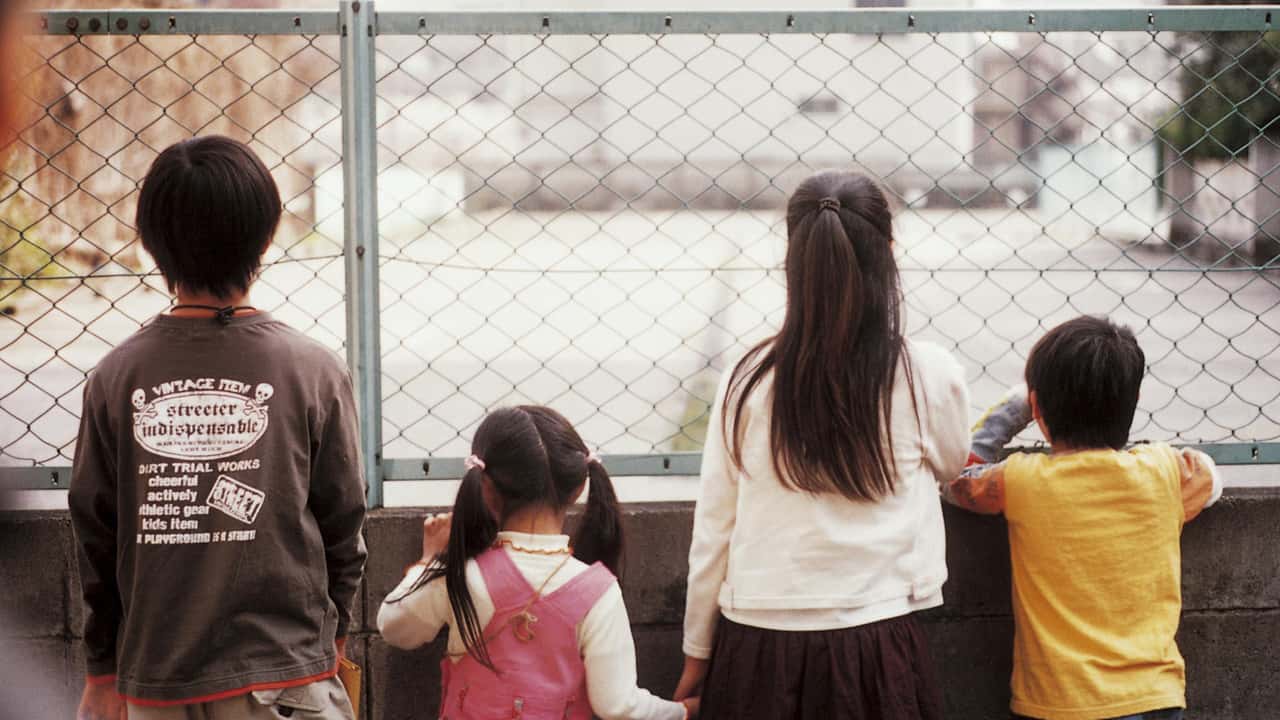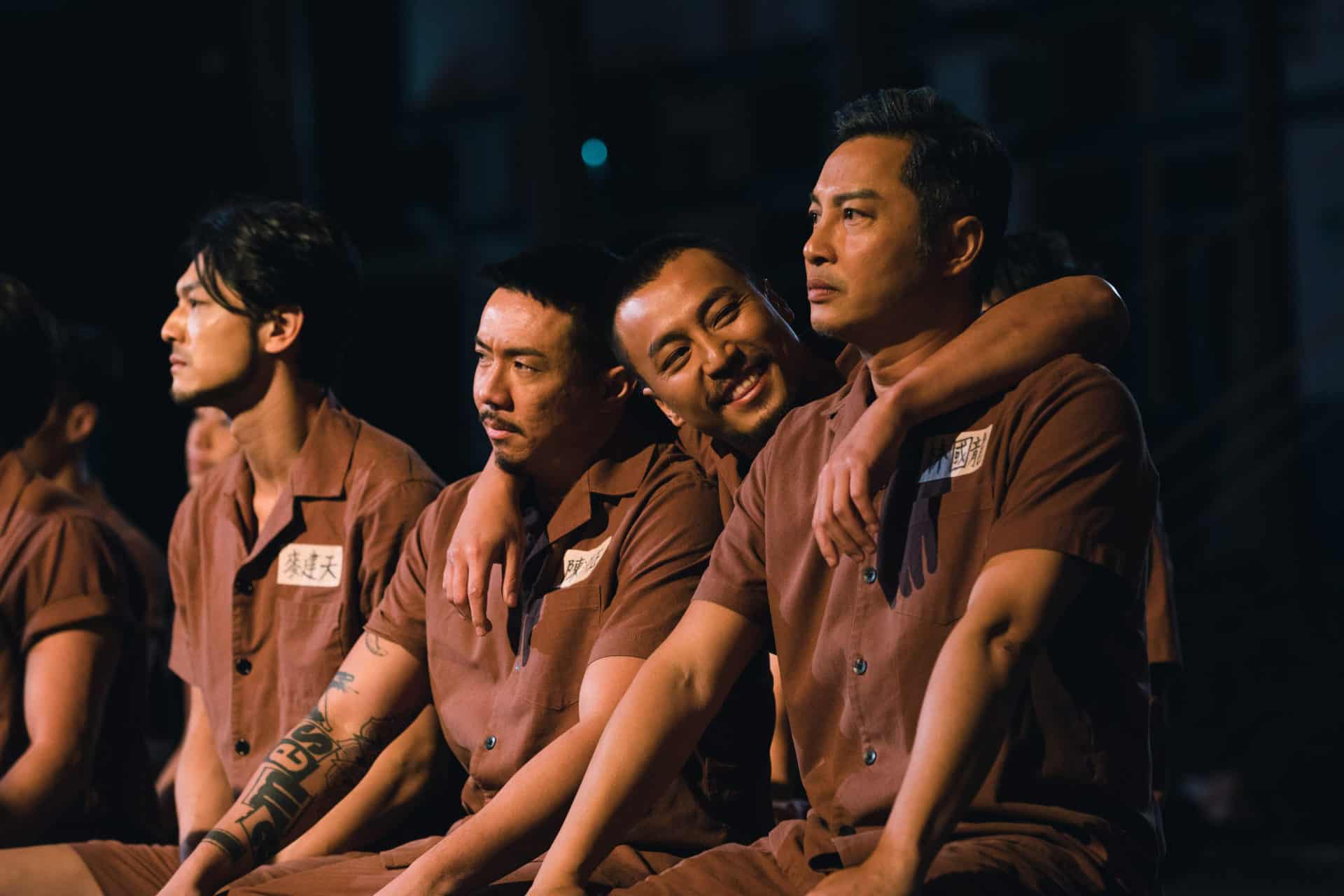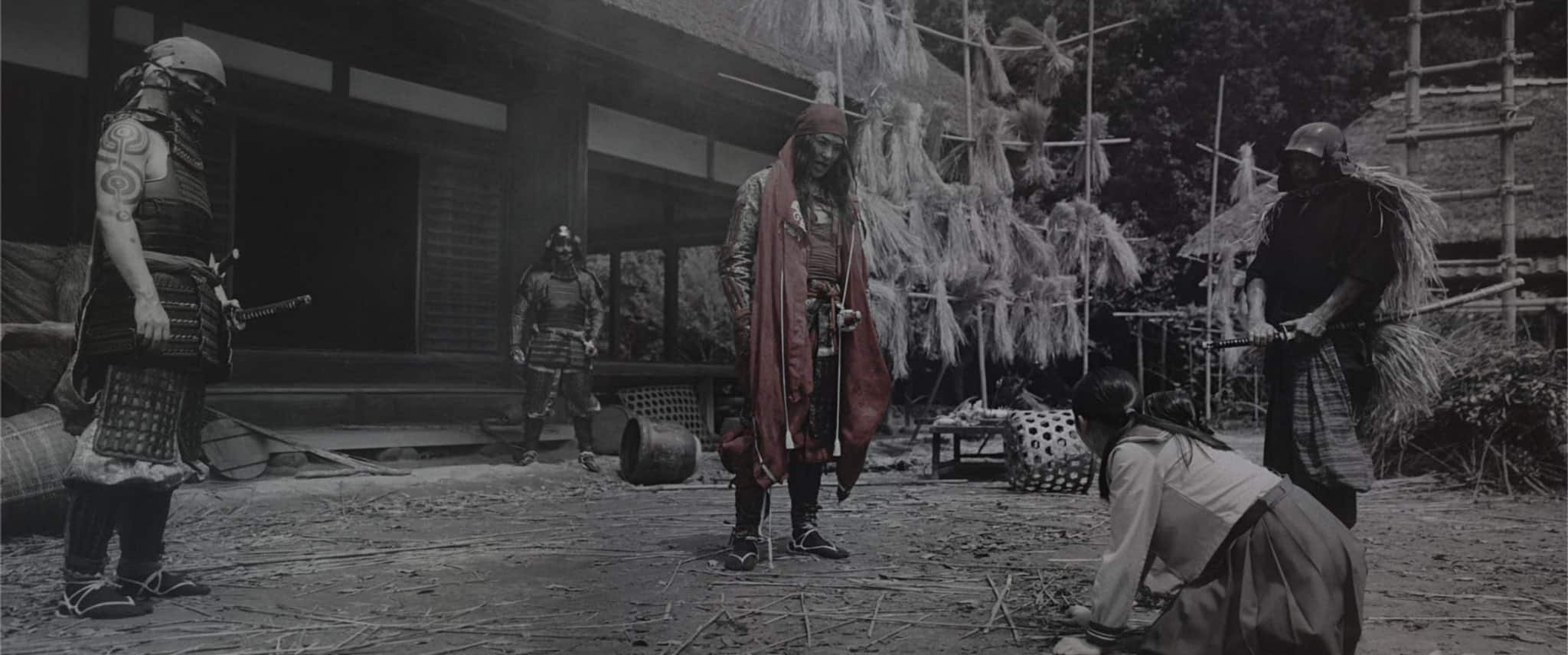A cynic and observant twenty-year-old named Kenji meets the strong-build American tourist Frank in order to guide him and eventually accompany him in Tokyo's sex district two nights before New Year's Day.
Buy This Title
Jack of all trades Ryu Murakami tells the story of the constant battle between western and Asian culture in the most unorthodox narrative in his short book “In the Miso Soup', a novel published in Japan in 1997, but translated in English in the early 00's following the trend of a Japanese literature invasion in Europe and America. Here, the subject of misinterpretation is addressed in a horrific rather than in a sociological way.
Of all the anti-heroes of contemporary literature that broke the barrier of the norm, young Kenji doesn't look much different. In ten years, by the time of the narration of his encounter with Frank, he is going to be bleaker than Patrick Bateman, since it looks like his obsession isn't the understanding of The Self but the comprehension of the actions of others. While there's clearly the non-sympathising presence of Frank, Kenji never manages to gain the slightest respect from the reader. On the other hand, Frank is a living puzzle with his ever-changing, plastic-like face and a story of a life that never adds up. Kenji and Frank's relationship is full of doubt and suspicion even before it's necessary, even before the atrocities begin. Sometimes, to have a peculiar skin texture or to be a foreigner in a strange land is enough for people to jump into negative conclusions about you, regardless of the “angel” or the “monster” you are.
How I love those artists, writers, painters, mangakas – whoever, that their artistry goes into the chaotic depths of the human decadence the way it best suits the modern society: abyssal. From the British “vulgarity” of the great Ballard to the French surrealistic eroticism of Bataille, the Japanese postmodernists hold a special place in my heart regarding the genre called transgressive fiction. Although the saying “Fear and beauty is in the Eye of the Beholder” is western, I recently read in an online magazine an interview from the late painter Toshio Saeki stating that what triggers the viewer or the reader most in a gruesome scene isn't only the appearance of the abuser and his/her victim but the appearance of a third person as well, a bystander. A tradition that goes hundreds of years back when it comes to Japanese Horror. Ryu Murakami uses this technique to the pinnacle moment of the book and he seems to be a great aficionado of upsetting events, as well. An unsolved case of the murder of a teenage female student haunts the first part of the novel, a continued reminder that Japanese society is far from calm and collected.
If there's a certain thing you should do to enjoy the novel is to read it in one sitting. The story extends to only two days and although the sense the reader has in the first pages is that it's a simple psychoanalytic read about two different cultures, there's a sudden explosion of appalling violence in the middle of the book and from then on and until the last typed sentence that shouts “silence at last”, Murakami is unstoppable in words and in a great interpretative mood.
And if you wonder why the name is “In The Miso Soup”, it's a hidden comment on cultural appropriation and unfortunately the joke is on all of us Western people.
















